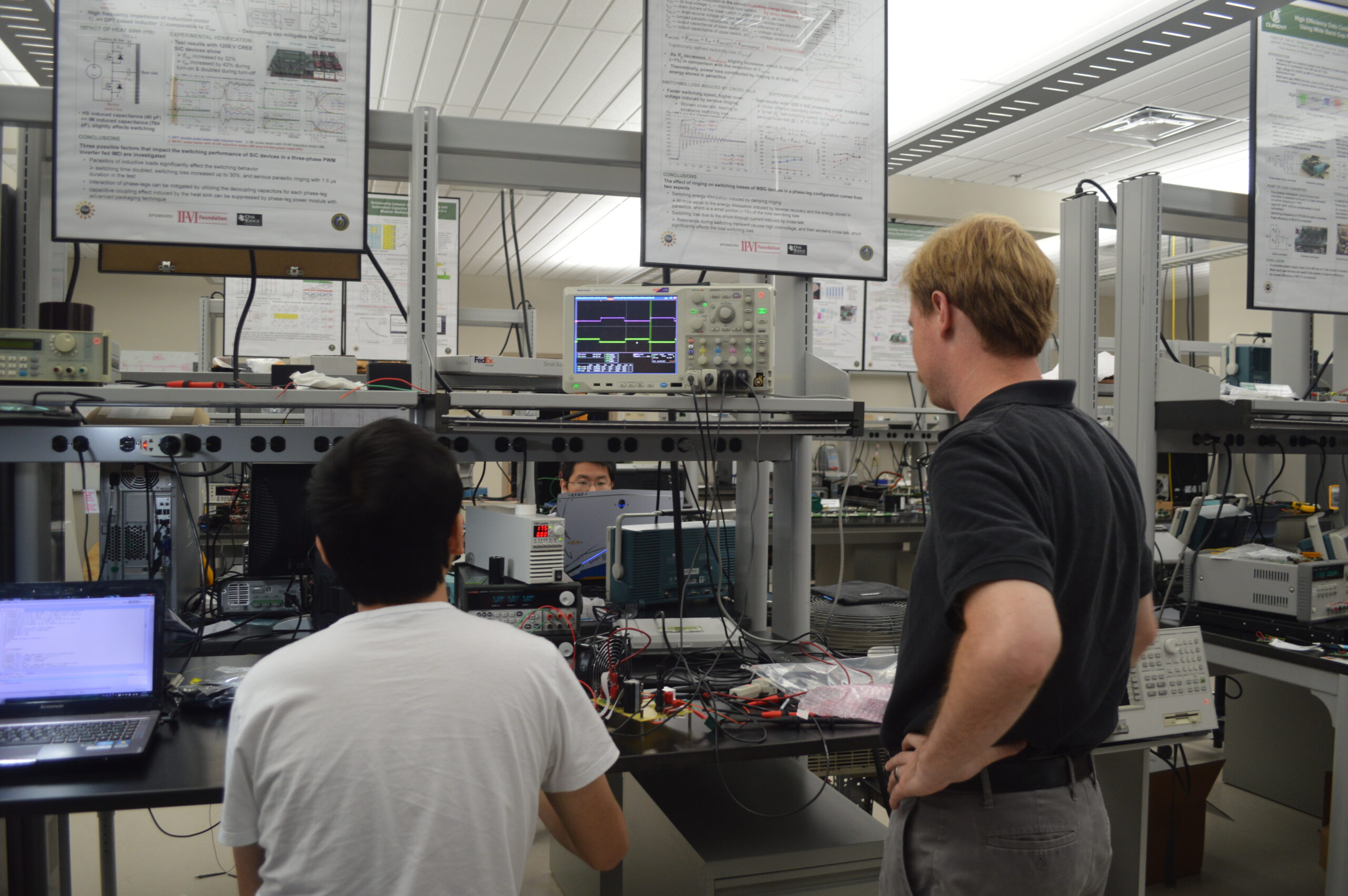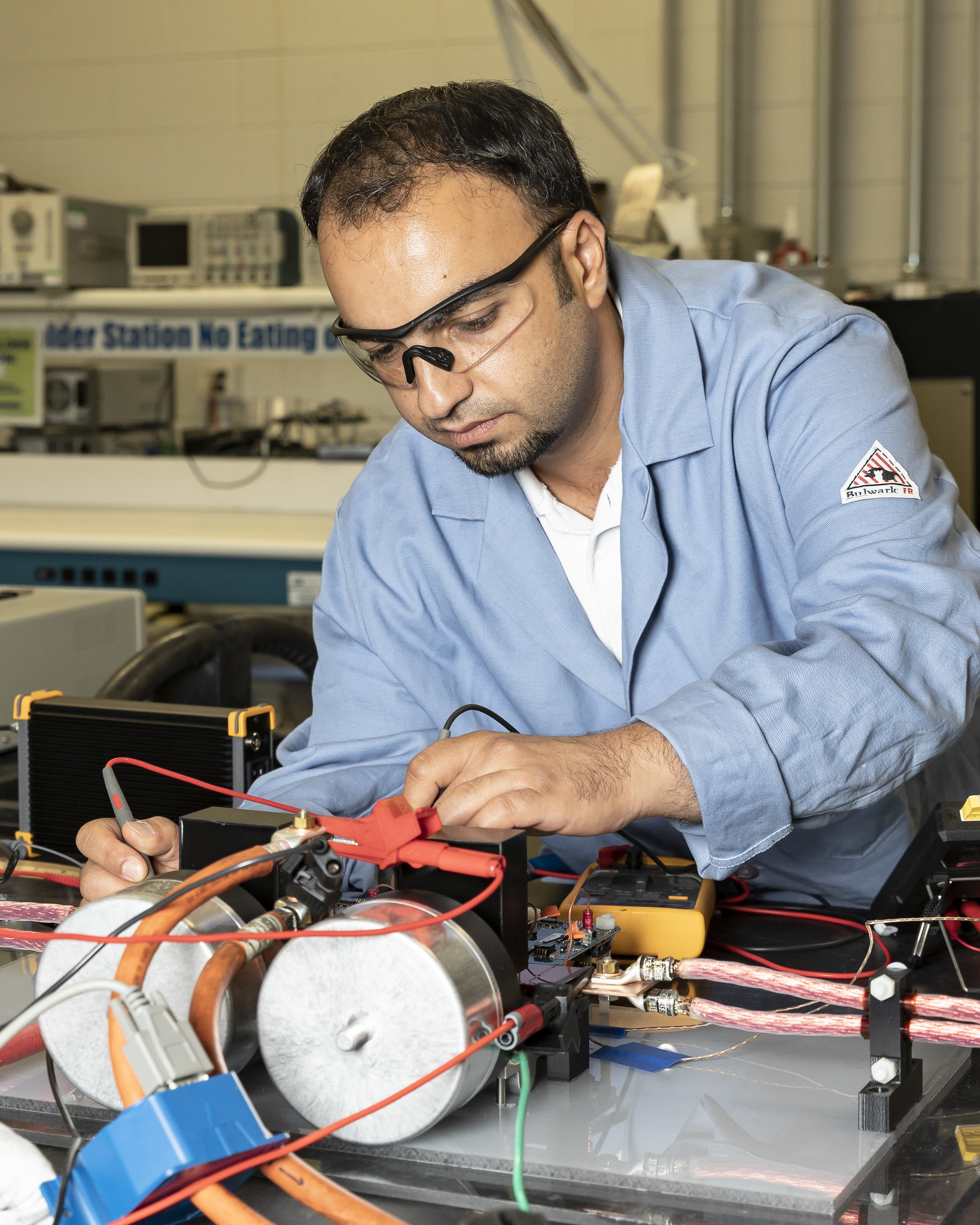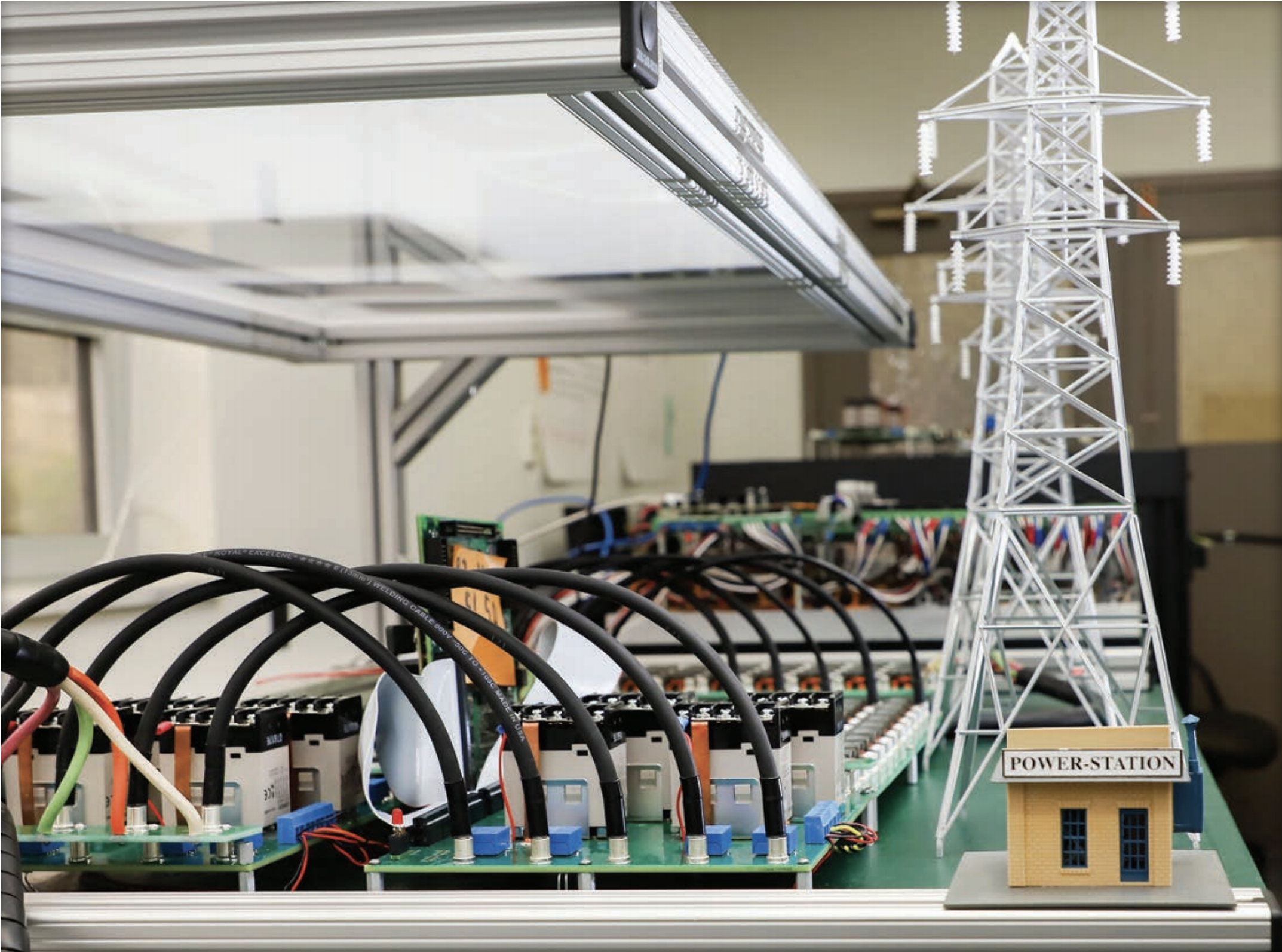Host Organization


The University of Tennessee
UTK began in 1794 as a small college in the Southwest Territory and has grown into Tennessee’s flagship university and premier public research institution.
UT Knoxville, which includes the UT Space Institute and the UT Institute of Agriculture, serves the state by educating its citizens, enhancing its culture, and making a difference in people’s lives through research and service.
We embody excellence in teaching, research, scholarship, creative activity, outreach, and engagement.

Min H. Kao Department of Electrical Engineering and Computer Science
EECS is the largest department in the Tickle College of Engineering with 62 full-time faculty members who are respected, world-class leaders in their fields, and are dedicated to teaching students and aiding them in developing the technical and communication skills necessary to have successful careers.
EECS houses three academic programs: computer science, computer engineering, and electrical engineering, with BS, MS, and PhD degrees offered in each. A rigorous curriculum prepares our students to be successful in their future profession and offers them the flexibility to choose courses that match their interest areas.
EECS is a diverse department with varied research interests, including artificial intelligence, bioinformatics, embedded systems, electronics, high performance computing, power and energy, visualization and image processing, and wireless and sensor networks.
The department is located in the 150,000-square-foot Min H. Kao Electrical Engineering and Computer Science Building and houses state-of-the-art instructional facilities, including teaching laboratories with the latest electrical and electronic equipment, computers, and software/p>.

Center For Ultra-wide-area Resilient Energy Transmission Networks (CURENT)
CURENT, Center for Ultra-Wide-Area Resilient Electric Energy Transmission Networks, is a graduated National Science Foundation (NSF) Engineering Research Center that was jointly supported by NSF and the Department of Energy (DoE) for a period of 10 years before becoming self-sustaining. A collaboration between academia, industry, and national laboratories, CURENT is led by the University of Tennessee, Knoxville. Partner institutions include Northeastern University, Rensselaer Polytechnic Institute, and Tuskegee University
Partner Organization


National Transportation Research Center (NTRC)
The National Transportation Research Center (NTRC), established in 2000, is the Department of Energy’s only designated user facility focused on performing early-stage research and development in transportation technologies. Research focuses on advanced energy storage and electric drive systems, including fast wired and wireless charging; lightweight materials and multi-material structures for harsh environments; advanced combustion engines and alternative biofuels; data science, analysis, and vehicle cybersecurity; vehicle systems integration; and intelligent mobility systems.
The NTRC comprises a 65,000 sq. ft. facility that integrates a uniquely broad and comprehensive set of capabilities, from novel diagnostics to component and vehicle evaluation to data analytics and cybersecurity. The facility is dedicated to accelerating the pace of research and development for new materials in next-generation systems, providing decision making tools for sustainable transportation systems, and creating economic opportunity by improving the energy efficiency of vehicles to support a robust transportation system for people and commerce.

Grid Research Integration and Deployment Center (GRID-C)
The Grid Research Integration and Deployment Center (GRID-C) at Oak Ridge National Laboratory combines multiple electrification research activities across the utility, buildings, and vehicle space into one 52,000 sq. ft. facility. The combination of innovative research and development in power and energy systems, vehicle and buildings science, power electronics, energy storage, sensors and controls, data science and modeling, and cybersecurity enables breakthroughs to support a resilient and secure power grid from the first instant of electricity generation to end use.
ORNL’s mission at GRID-C is to develop technological solutions to advance the dynamic and efficient interaction of the electric delivery system, buildings, and vehicles.
The unique, multipurpose research environment at GRID-C is available to industry, academic, and government partners who wish to access its state-of-the-art capabilities and world-class expertise to mutually develop innovative technologies for grid security, resilience, and reliability.

Manufacturing and Demonstration Facility (MDF)
The Manufacturing Demonstration Facility (MDF), established in 2012, is the Department of Energy’s only designated user facility focused on performing early-stage research and development to improve the energy and material efficiency, productivity, and competitiveness of American manufacturers. Research focuses on manufacturing analysis and simulation, composites and polymer systems, metal powder systems, metrology and characterization, machine tooling, large-scale metal systems, and robotics and automation.
The MDF comprises a 110,000 sq. ft. facility housing integrated capabilities that drive the development of new materials, software, and systems for advanced manufacturing. From binder jetting to 3D tomography to in situ monitoring, the MDF leverages a range of equipment and expertise designed to deliver results that generate energy efficiency improvements in the manufacturing sector, efficiently utilize abundant and available domestic energy resources, and support the production of clean energy products with benefits extending across the nation’s economy.
